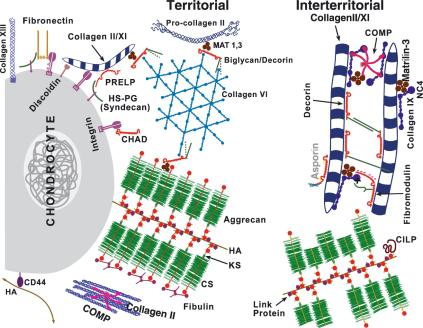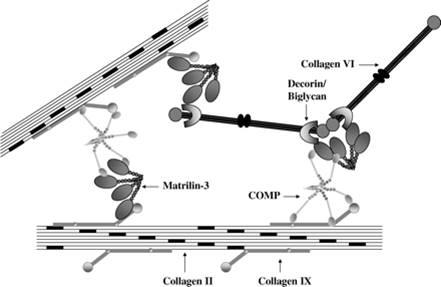- Home
- About
- Partners
- Newcastle University
- University of L'Aquila
- University of Manchester
- Alacris Teranostics GmbH
- University of Pavia
- Polygene
- Consiglio Nazionale delle Ricerche
- INSERM
- Certus Technology
- Charité Universitaet Medizin
- GATC Biotech
- University Medical Center Hamburg Eppendorf
- Evercyte GmbH
- University Hospital of Cologne
- PRIMM Srl
- University of Freiburg
- University of Antwerp
- Finovatis
- Research
- SYBIL at a glance
- Bone
- Growth plate
- Desbuquois dysplasia
- Diastrophic dysplasia
- MCDS
- Osteopetrosis
- Osteoporosis
- Osteogenesis imperfecta
- Prolidase deficiency
- PSACH and MED
- Systems biology
- SOPs
- Alcian Blue staining
- Bone measurements
- BrdU labelling
- Cell counting using ImageJ
- Chondrocyte extraction
- Cre genotyping protocol
- DMMB assay for sulphated proteoglycans
- Densitometry using ImageJ
- Double immunofluorescence
- Electron microscopy of cartilage - sample prep
- Extracting DNA for genotyping
- Grip strength measurement
- Histomorphometry on unon-decalcified bone samples
- Immunocytochemistry
- Immunofluorescence
- Immunohistochemistry
- Quantitative X-ray imaging on bones using Faxitron and ImageJ
- Skeletal preps
- TUNEL assay (Dead End Fluorimetric Kit, Promega)
- Toluidine Blue staining
- Toluidine Blue staining
- Von Kossa Gieson staining
- Wax embedding of cartilage tissue
- Contact Us
- News & Events
- Links
- Portal
PSACH and MED
Pseudoachondroplasia (PSACH) is a relatively common skeletal dysplasia. The main features are disproportionate short stature, generalized epi-metaphyseal dysplasia, joint laxity and early onset degenerative joint disease. The head and facial features are not affected. The short-limb dwarfism becomes apparent during childhood and adults reach a final height of 80-130cm. Most affected individuals develop early onset osteoarthritis of all weight-bearing joints and require bilateral hip replacement. The radiological abnormalities in PSACH manifest in the epiphyses, metaphyses and the spinal column. They include small irregular epiphyses due to delayed ossification, irregular metaphyses and delayed ossification of the annular epiphyses of the vertebrae, resulting in a characteristic beaking effect on lateral projection. PSACH results exclusively from mutations in the gene encoding cartilage oligomeric matrix protein (COMP), a large pentameric matrix protein found in cartilage tendon and ligament.
Multiple epiphyseal dysplasia (MED) is a clinically similar, but less severe disease. It shows considerable clinical variability, and traditionally it has been divided into two sub-types, the more severe Fairbank type, in which short-limb dwarfism can be distinguished during childhood and the milder Ribbing type, where the patients’ height is usually not affected. Other features include knee and ankle pain throughout childhood, with an onset at 2 to 5 years of age, bowed limb (genu varus/valgum) deformities and short hands. Radiographic studies show flat and irregular epiphyses in most joints, especially the knees and hips. Features of severe MED include short stature, finger hyperextensibility and severe osteoarthritis of the hips in early adulthood. MED patients generally suffer from a debilitating hip pain in childhood and short stature later in childhood may also be observed. The severe Fairbank type of multiple epiphyseal dysplasia may sometimes be misdiagnosed as PSACH. Some forms of MED result from COMP mutations. However mutations in the genes encoding three other proteins, type IX collagen, matrilin 3 and SLC26A2 (recessive MED) also result in multiple epiphyseal dysplasia.
COMP, matrilin-3 and type IX collagen are all molecules secreted by the chondrocytes (cartilage cells) into te cartilage extracellular matrix where they act as bridging molecules. They have also been implicated in the regulation of collagen fibrillogenesis and in cell binding, and they interact with each other as shown on the diagrams below.
 Heinegård, Int J Exp Pathol (2009) 90: 575-586
Heinegård, Int J Exp Pathol (2009) 90: 575-586
 Budde et al., Mol Cell Biol (2005) 25(23):10465-78
Budde et al., Mol Cell Biol (2005) 25(23):10465-78


